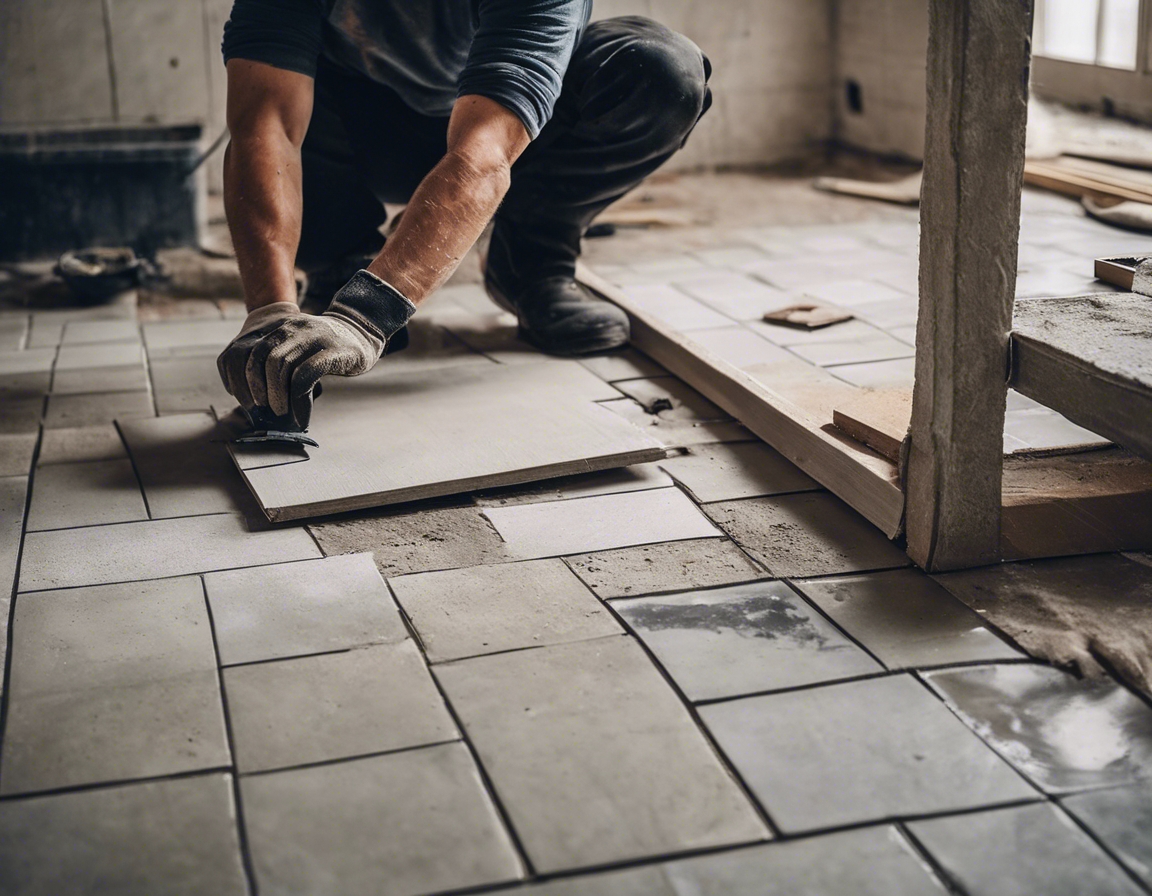The ultimate guide to choosing floor tiles for your home
When it comes to renovating your home, selecting the right floor tiles is crucial. Not only do they need to match your aesthetic preferences, but they must also withstand the wear and tear of daily life. The right choice can enhance the beauty and functionality of your space, while the wrong choice can lead to dissatisfaction and unnecessary expenses.
Floor tiles come in a variety of materials, including ceramic, porcelain, natural stone, and more. Each type offers unique benefits and suits different areas of the home. Understanding the options available is the first step to making an informed decision.
Factors to Consider When Selecting Floor Tiles
The function of the room plays a significant role in tile selection. High-traffic areas require durable tiles that can resist scratches and chips, while bathrooms need tiles that are water-resistant and non-slip.
The size of the tiles should be in proportion to the room size. Larger tiles can make a small room appear bigger, while smaller tiles work well in compact spaces.
Color and design can influence the atmosphere of a room. Lighter colors can make a room feel more spacious, while darker tiles can add warmth and sophistication.
Each tile material offers different benefits. Porcelain tiles are known for their durability and water resistance, ceramic tiles for their versatility, and natural stone for their unique beauty.
Texture not only contributes to the overall look but also affects slip resistance. For wet areas like bathrooms, choosing a tile with a higher slip resistance is essential for safety.
The color and type of grout can affect the appearance and maintenance of your tiled floor. Darker grout can hide dirt better, but lighter grout can create a seamless look.
Understanding Tile Ratings and Standards
The Porcelain Enamel Institute (PEI) rating indicates the tile's ability to withstand foot traffic. A higher PEI rating means the tile is more durable.
Water absorption rates determine how well a tile can resist moisture. Non-vitreous tiles absorb more water and are not suitable for damp areas.
The coefficient of friction (COF) rating measures the slip resistance of a tile. A higher COF means the tile is less likely to cause slips when wet.
Installation and Maintenance
While DIY installation can save money, professional installation ensures that the job is done correctly and can prevent future issues.
Regular maintenance is necessary to keep your tiles looking new. This includes cleaning with the right products and resealing when necessary.
Environmental Considerations and Sustainability
There are eco-friendly tile options available that are made from recycled materials or sustainably sourced natural stone.
Choosing tiles with a long lifespan reduces the environmental impact and can be more cost-effective in the long run.






Comments (0)